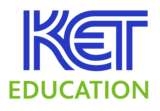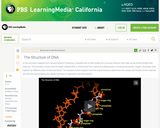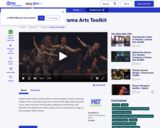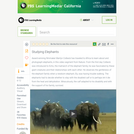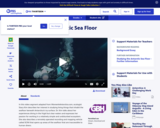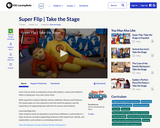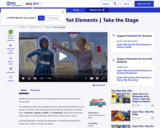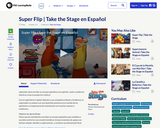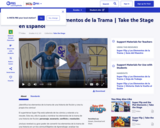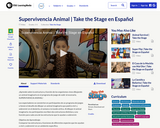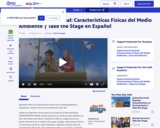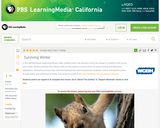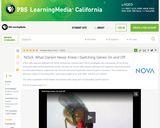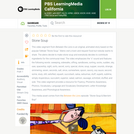
This video segment from Between the Lions is an original, animated story based on the popular folktale Stone Soup.íń Aliens visit a town and request food but nobody wants to share. The aliens decide to make stone soup and everybody decides to contribute ingredients for the communal meal. The video emphasizes the "s" sound and features the following words: sweeping, sidewalks, sifting, sandboxes, sorting, socks, sudden, sky, saw, spaceship, sight, sorts, secret, sorry, special, stone, soup, supper, sounds, strange, simmering, seven, seconds, salt, since, somewhere, spoon, savory, soy sauce, second, some, slurp, still, satisfied, squash, succotash, salsa, satsumas, stuff, superb, sublime, simply stupendous, succulent, superior, salad, salmon, sausage, schnitzel, stuffed, and sole. This video segment provides a resource for Fluency, Phonemic Awareness, Phonics, Vocabulary, Language and Vocabulary Development, Letter Knowledge Awareness, and Phonological Awareness. ***Access to Teacher's Domain content now requires free login to PBS Learning Media.
- Subject:
- Arts and Humanities
- Material Type:
- Lecture
- Provider:
- PBS
- Provider Set:
- PBS Learning Media Teacher's Domain
- Date Added:
- 06/25/2014
